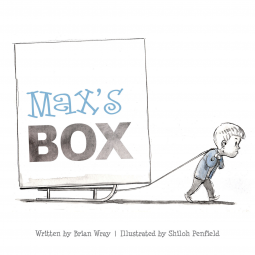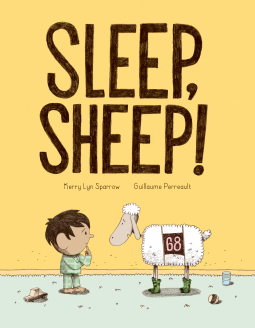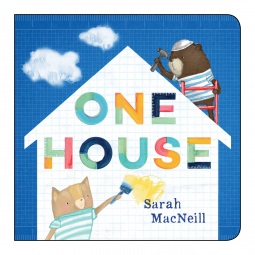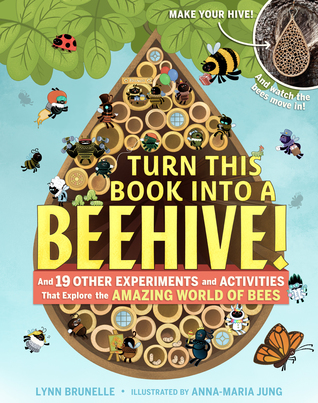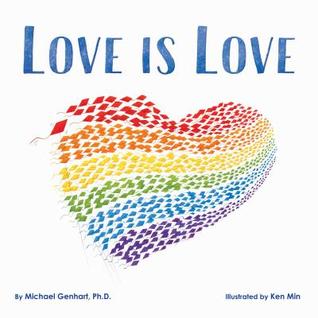Max's Box: Letting Go of Negative Feelings was written by Brian Wray and illustrated by Shiloh Penfield. It is currently scheduled for release on September 28 2019. Max's parents give him a very special gift: a tiny, magical box that will hold everything, from his toys to his feelings. Max learns, however, that feelings can't be put away as easily as toys. Each negative emotion he feels—anger, embarrassment, sadness, loneliness—gets added to the box, which grows and grows. Eventually it is so large that it keeps him from doing what he loves, like riding his bike and climbing trees. With some help from his friends and family, Max is able to turn the box into something beautiful and let it go. A parents' guide explains how well-intentioned adults often encourage children, especially young boys, to ignore and “put away” their feelings instead of learning to fully live with them. This simple but powerful story not only teaches children how to “control” their emotions but discourages suppressing them, the illustrations becoming more colorful and vibrant as Max moves out from his box’s shadow.
Max's Box: Letting Go of Negative Feelings is a book about emotions and how to deal with the negative feelings that can grow and linger if not dealt with. I like that there is a parent's guide, because just reading a story and talking about this subject and reading a book once is not enough. Sometimes we parents need to help children process and express their emotions, including negative ones, so that they can be let go and move on. I thought the image of the box growing larger and getting heavier with each upsetting emotion is very accessible to young children and I think they will be able to recognize how that feels in their own life. I loved the turning point when an act of kindness and some good emotions lead to the release of all the emotional baggage Max had been carrying around. I think the simplicity and subtle colors of the illustrations further the understanding and make the book that much more enjoyable to read.

